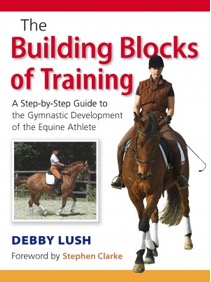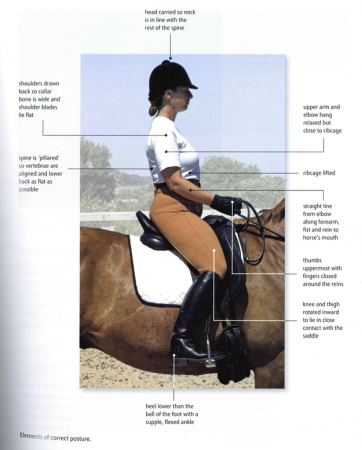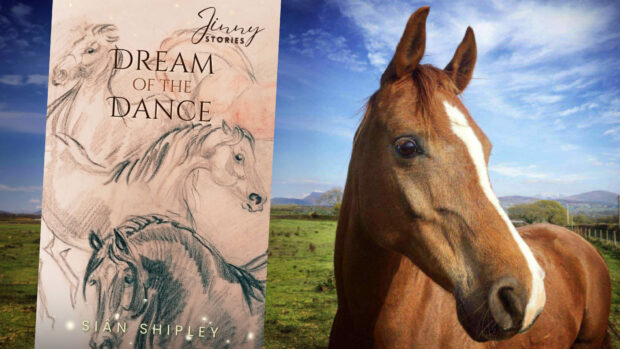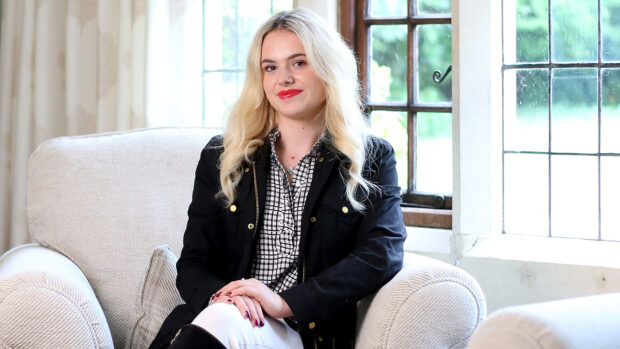To develop a harmonious partnership with your horse, whether you have ambitions in the competition arena or not, you need to develop a two-way communication system that is clear to both of you.
In this new paperback edition of The Building Blocks of Training — A Step-by-Step Guide to the Gymnastic Development of the Equine Athlete, Debby Lush, international dressage rider and senior instructor at the Training the Teachers of Tomorrow Trust, offers practical assistance in developing such a system — a progressive and logical one that is firmly rooted in classical training. The ultimate aim is to enhance the horse’s mental and physical capabilities and so allow him to move easily and happily forward from the earliest simple steps to the more complicated efforts required further up the competition ladder.
With step-by-step guides to every aspect of schooling from lungeing to lengthening (touching on the foundations to move on to the more advanced movements), and with troubleshooting sections to identify why things are going wrong and how to solve them, this book will be invaluable to countless horse and rider partnerships. It is also illustrated with 52 colour photographs and 100 illustrations and explanatory diagrams.
Debby Lush has been a long-term student of the former first chief rider of the Spanish Riding School of Vienna, Herr Arthur Kottas-Heldenberg, and of Charles de Kunffy, a well-known clinician and author of many books. She has also learnt from Stephen Clarke, who was an Olympic judge at the Athens Olympics in 2004. Debby is a List 2A British Dressage judge, a registered British Dressage trainer, a BHS instructor and a senior instructor at the Training the Teachers of Tomorrow Trust.
In this book extract, Debby Lush explains the basic requirements of a rider who wants to be the best they possibly can:
Only when you can control yourself (both physically and mentally), can you control and influence your horse in any meaningful, subtle, way. The greatest riders are those who look as if they are doing nothing.
Position
To develop and maintain this position takes time and effort and is best worked upon on the lunge when you can focus just on yourself (pictured below).

Ridden work without stirrups is also invaluable, but only if you already have a correct feel for how to move your seat in harmony with the horse. Clamping your legs on for grim death and bouncing round for hours on end might give you plenty of pain, but no gain!
Suppleness and balance
The qualities go hand in hand, as one is not possible without the other.
Each of your horse’s gaits — walk trot and canter — has movement components in three different planes:
1. Horizontal
2. Vertical
3. Lateral
Your body must be able to absorb and influence each of these vectors. This requires a supple lower back and hips, and an ability to produce a degree of tone in individual muscles without becoming tense.
A good contact requires a stable upper arm with softly flexed elbow and a relaxed forearm and wrist, yet with a closure of index finger and thumb to maintain a constant length of rein.
When you can stay in balance with your horse without tension and without relying on the reins for support, you will be able to harmonise with his movements.
Body awareness
This is essential in order for your position to become self-maintaining and self-correcting, as even the most experienced riders can develop bad habits if not frequently monitored. You can only correct such faults if you are (a) aware of where each part of your body is, and (b) you know where each part should be!
Again, riding on the lunge is ideal for developing a muscle-memory template for the correct position. Other disciplines, such as the Alexander Technique, Pilates and T’ai Chi can all help develop your body awareness and fine control.
Price: The Building Blocks of Training — A Step-by-Step Guide to the Gymnastic Development of the Equine Athlete can be purchased for £19.49 via Amazon.
Published by: The Crowood Press, 2018
For all the latest equestrian news and reports, don’t miss Horse & Hound magazine out every Thursday




